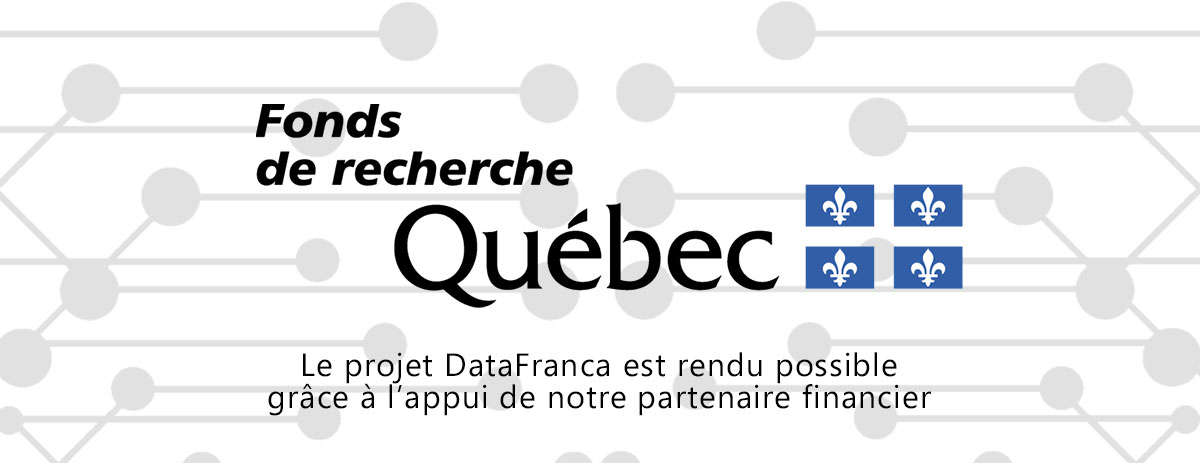Héritage
en construction
Définition
xxxxxxx
Français
xxxxxxx
Anglais
inheritance
Inheritance is a property of semantic networks and frames. It works as follows.
In the case of a semantic network, if I try to use the network to retrieve, say, the number of legs of a node (with name "Dumbo") the system will first look to see if the "Dumbo" node has an explicit "legs" link. If so, it is followed. If not, inheritance is applied, and, since "Dumbo" is an object rather than a type, the isa link is followed. Assuming "Dumbo" isa elephant, we then check the "elephant" node to see if it has a link labelled "legs". If so, we use it. If not, we look to see if "elephant" has a ako link, perhaps to "mammal". If mammal has a link labelled "legs" then we use it. If not, then we look for further "ako" links from either "elephant" or "mammal", and so on, until we either find the "legs" or run out of semantic network to search.
In the case of a frame, the effect is the same, but the details are different - an "elephant" frame would have been constructed using the information in a "mammal" frame, since elephant ako mammal. The "Dumbo" instance frame will have been constructed using the "elephant" generic frame since Dumbo isa elephant. Thus elephant inherits all the properties of mammal and Dumbo inherits all the properties of elephant. At each stage, there is an opportunity to change e.g. the number of legs if Dumbo should happen to an aberrant elephant in the matter of legs.
Contributeurs: Jean Benoît Morel, wiki










